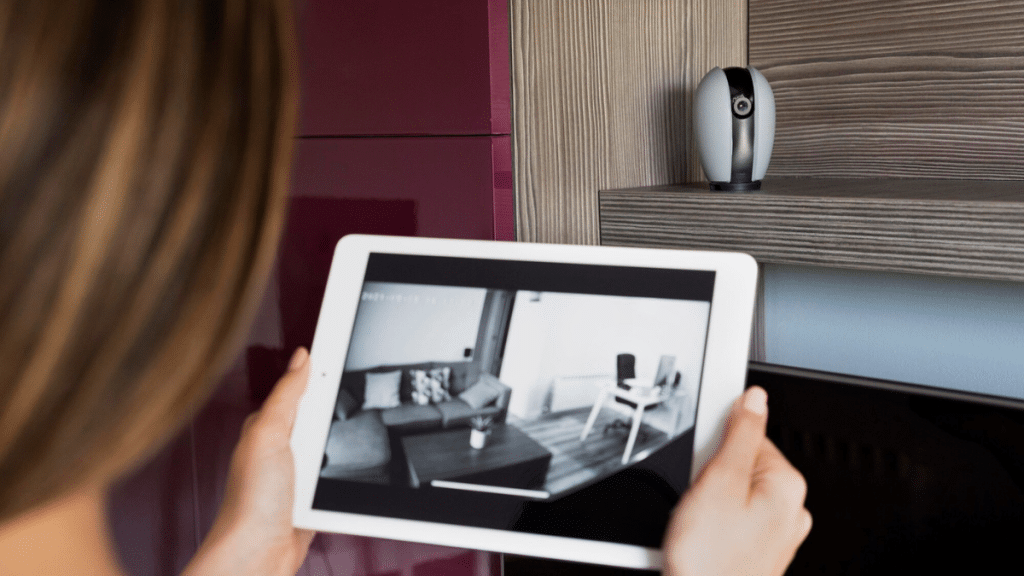Protecting your home has never been more important or more technologically advanced. The right home security camera system can act as a deterrent and a reliable source of evidence in case of a break-in, package theft, or other criminal activity. But securing your home properly starts with the right information.
A better understanding of each of the following factors related to how security cameras operate should clarify the type of system you need when you’re ready to check out various home security camera system companies.
Start with Your Home’s Layout and Security Needs
Before diving into product comparisons or tech specs, take a step back and ask: what do I need this camera system to do? Some homeowners want to deter theft and keep an eye on entrances. Others may want to monitor package deliveries, track who’s coming and going, or even check in on pets while at work.
Every home’s layout is different (for the most part), and so are its security vulnerabilities. Walk around your property and identify key areas to monitor. This usually includes front and back doors, garage entrances, ground-level windows, main living spaces, and blind spots in the yard. Your home has different angles that need to be accounted for. It’s a good idea to draw a map and plan where cameras would be most effective.
The Balance Between Resolution and Field of View
Marketing tends to focus on high resolution, but that alone doesn’t guarantee clear, useful footage. A 4K camera sounds impressive, but it can be overkill for tight spaces and eats up storage quickly. What you want is a balance between resolution and field of view. For outdoor use, a wider-angle lens helps capture more of the yard or driveway. For indoors, a more focused view might be better, especially in narrow hallways or small rooms.
Don’t Overlook Night Vision and Motion Detection
Most security incidents don’t happen in broad daylight. Strong night vision is essential, ideally infrared, with clear images that don’t wash out or distort. Equally important is smart motion detection. Older systems would trigger alerts from every leaf or passing squirrel. Modern systems let you customize sensitivity and even distinguish between humans, animals, and vehicles. That reduces false alarms and the associated stress and potential fines and keeps you focused on real threats.
Consider the Tradeoffs Between Wired vs. Wireless Cameras
Wireless systems are easy to install and flexible to move, making them ideal for renters or those who want minimal disruption. But they depend on Wi-Fi quality and regular battery charging. Wired systems require more upfront effort but offer greater reliability, consistent power, and better data protection. For long-term homeowners, a wired system is often a worthwhile investment, especially in areas with patchy internet coverage.
Cloud vs. Local Storage
Storage is one of the most overlooked features, but it plays a major role in your system’s reliability. Cloud-based systems let you access footage remotely and offer scalable storage plans. Local storage: using hard drives or SD cards, for example, keeps your data more private but can be harder to access on the go. Think about how often you’ll review footage and whether you want immediate remote access. Hybrid models are also available, giving you the best of both worlds.
Widen the Camera System
A good security system includes more than just cameras. Integration with doorbell cameras, alarms, smart locks, and lighting systems creates cohesive home protection. Look for systems that work with your existing smart home devices, or at least offer scalable integration options. The goal is to build a system that grows with your needs rather than needing to be replaced a year or two down the line.
